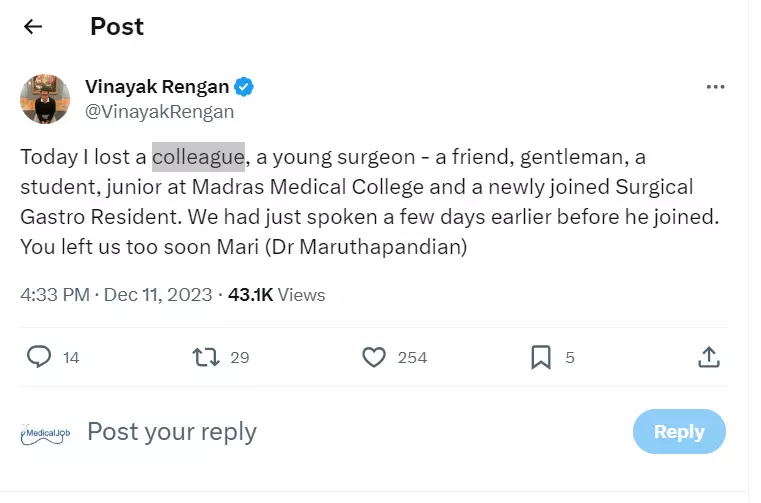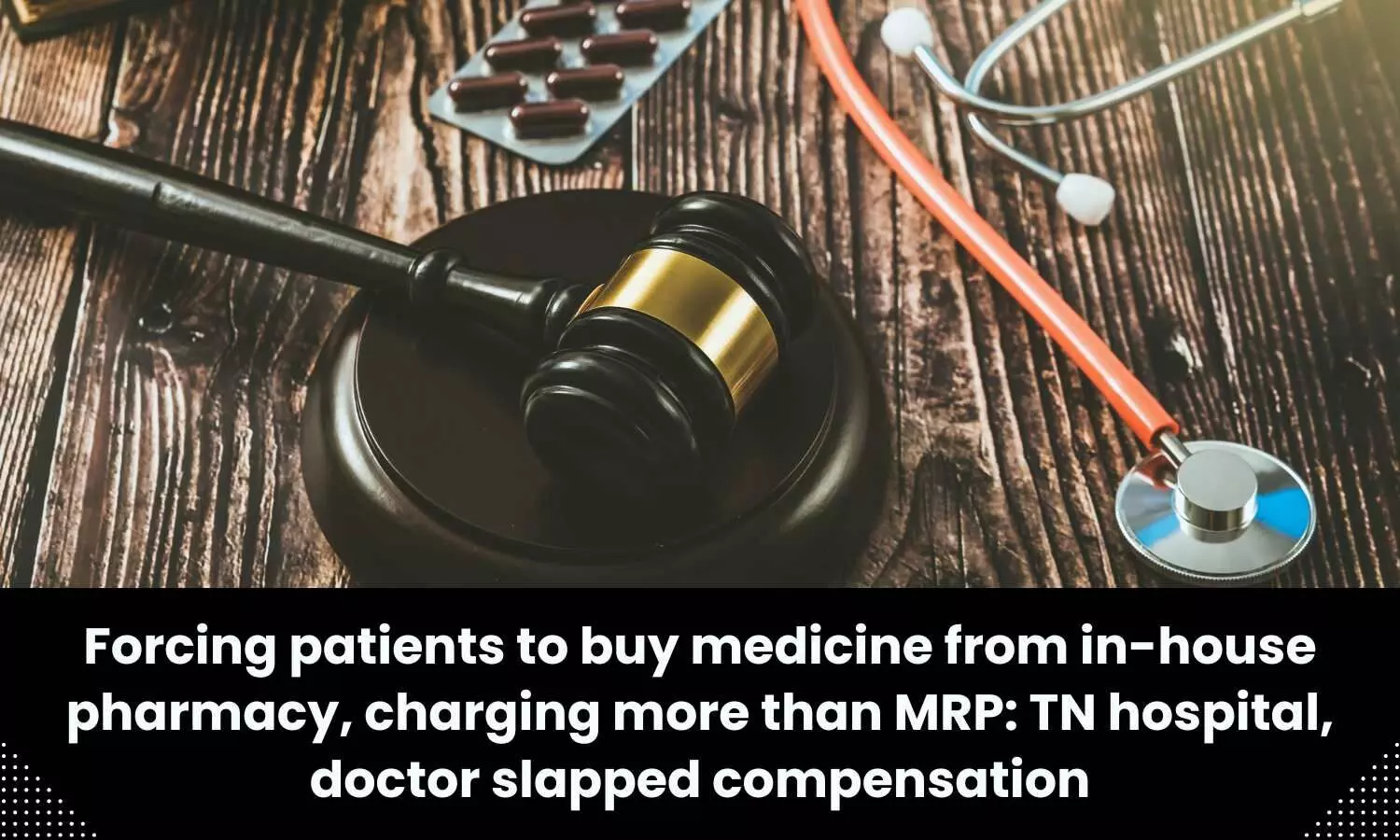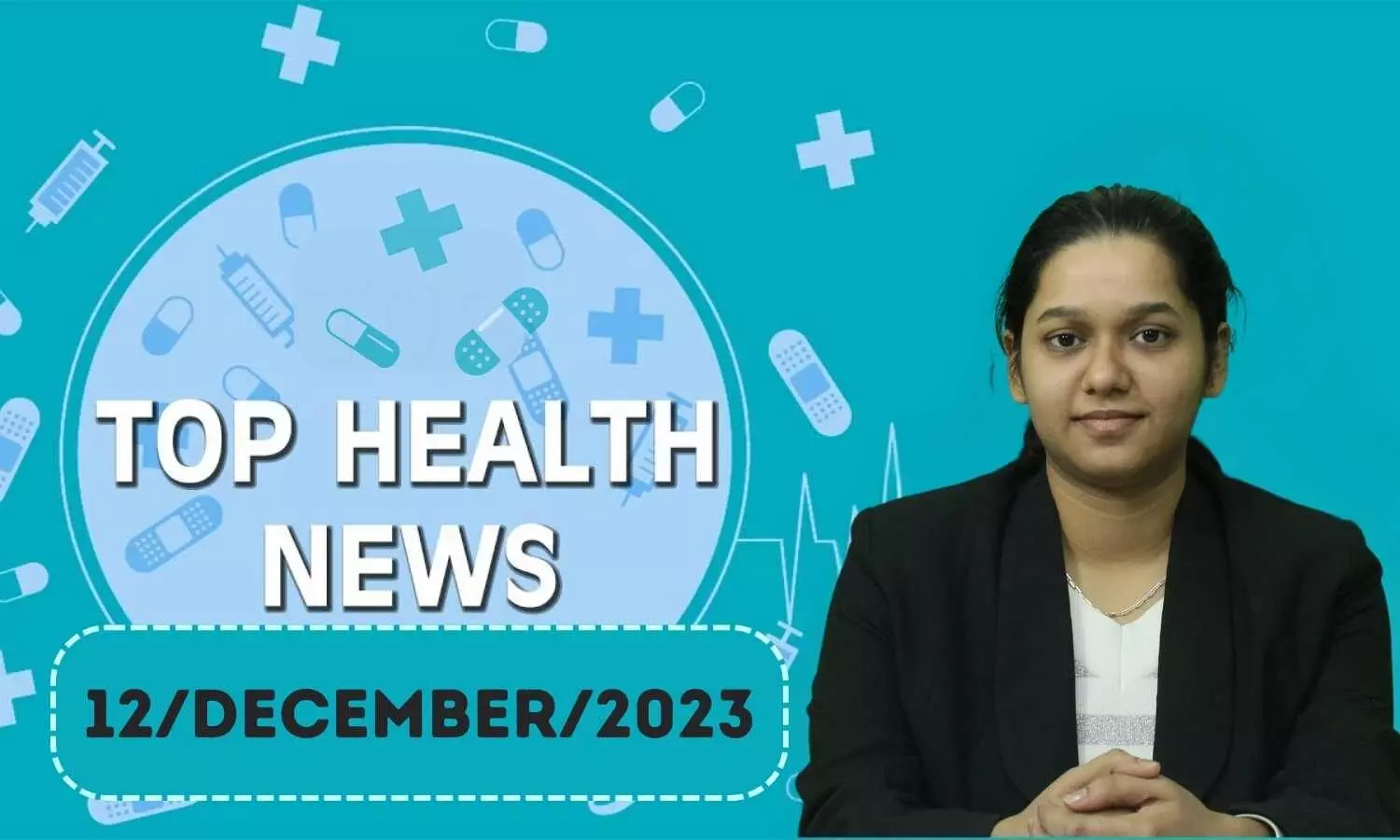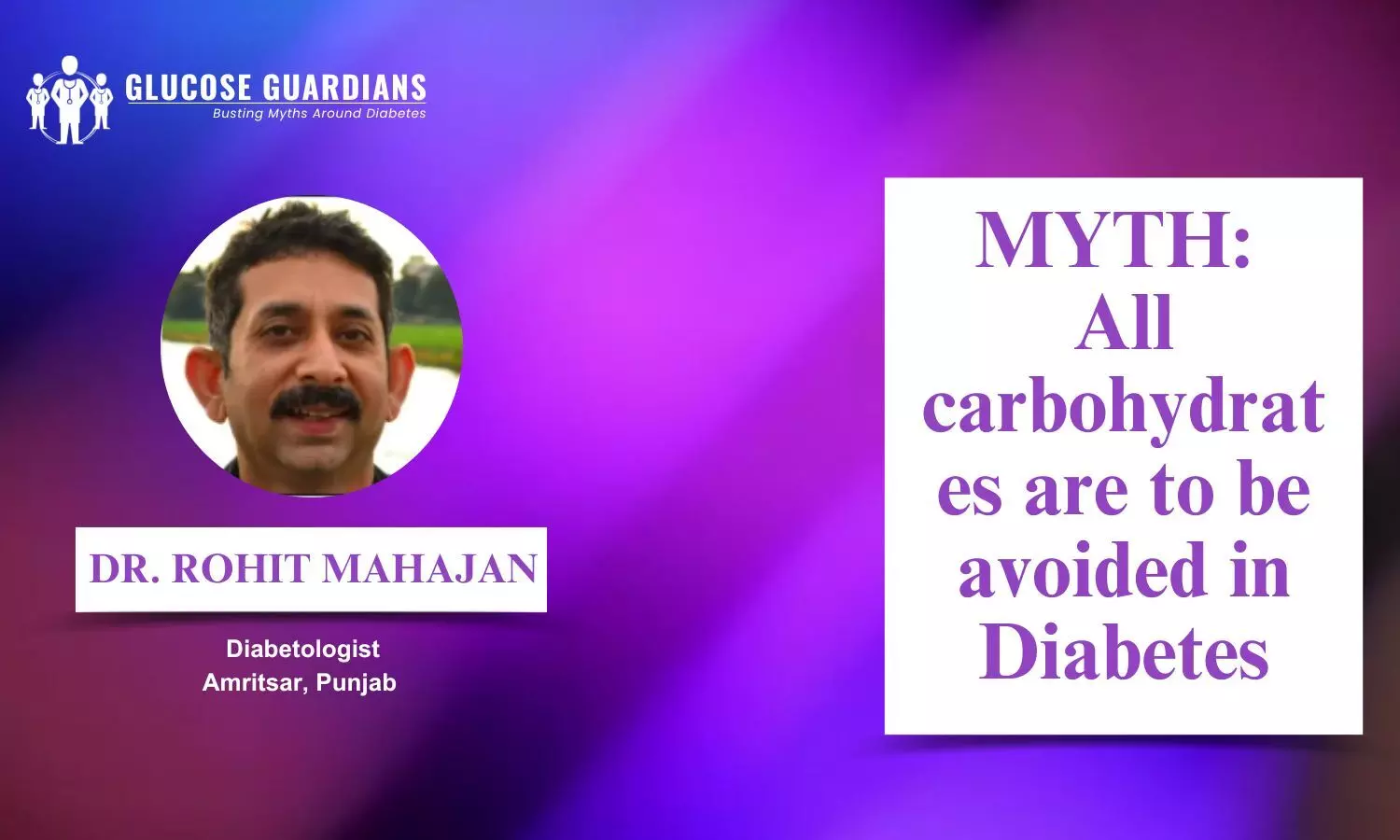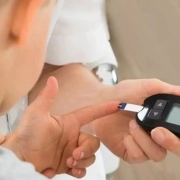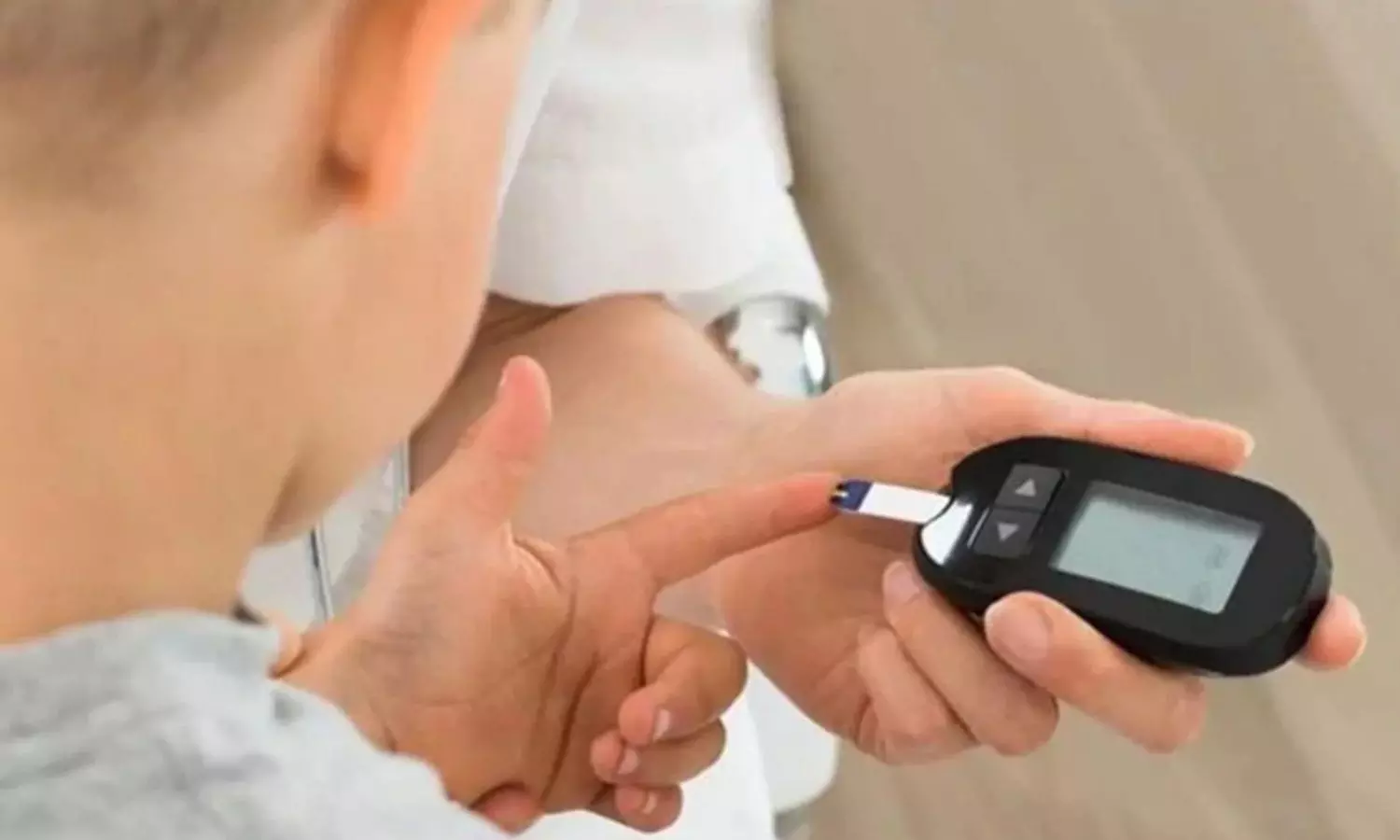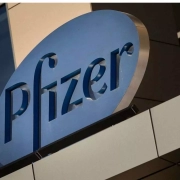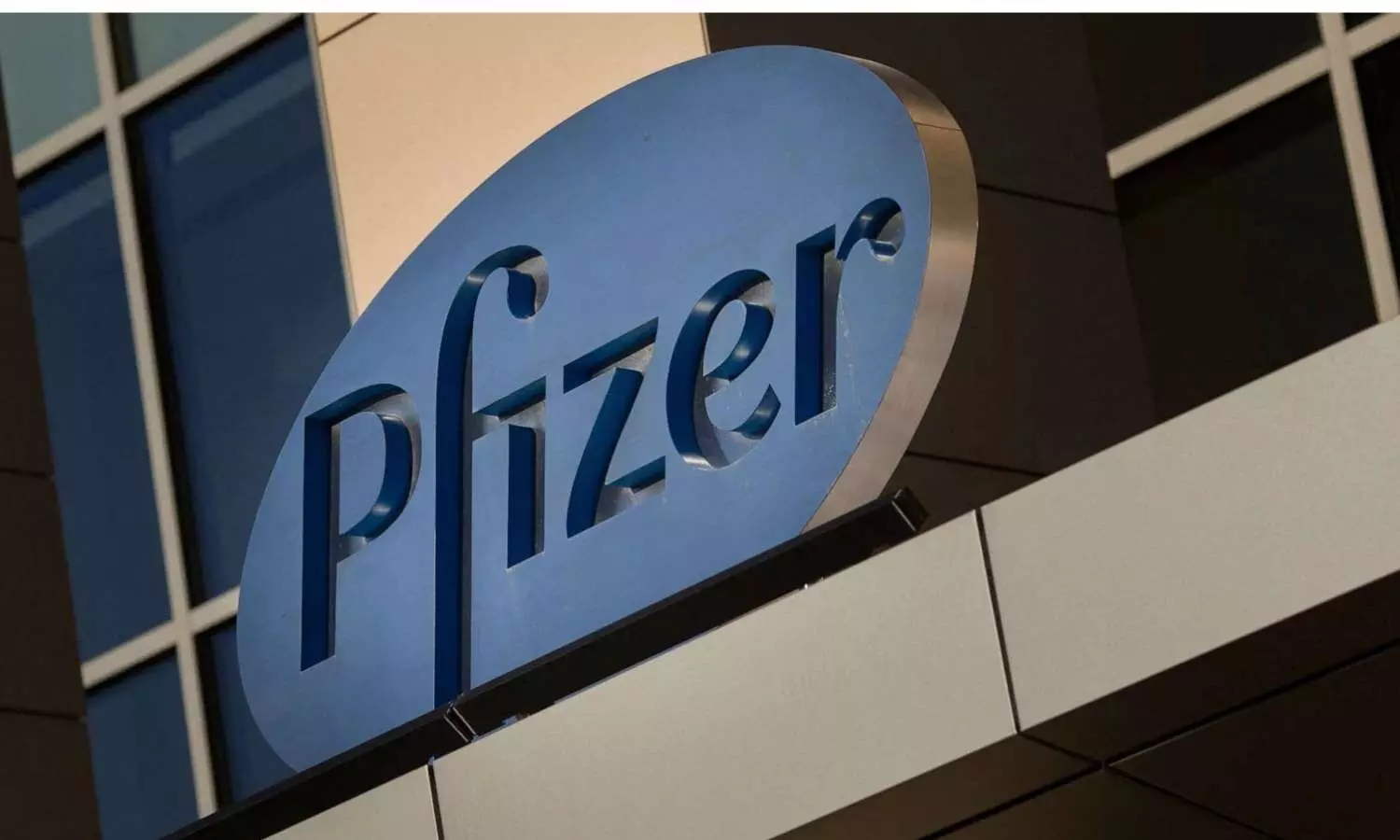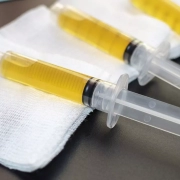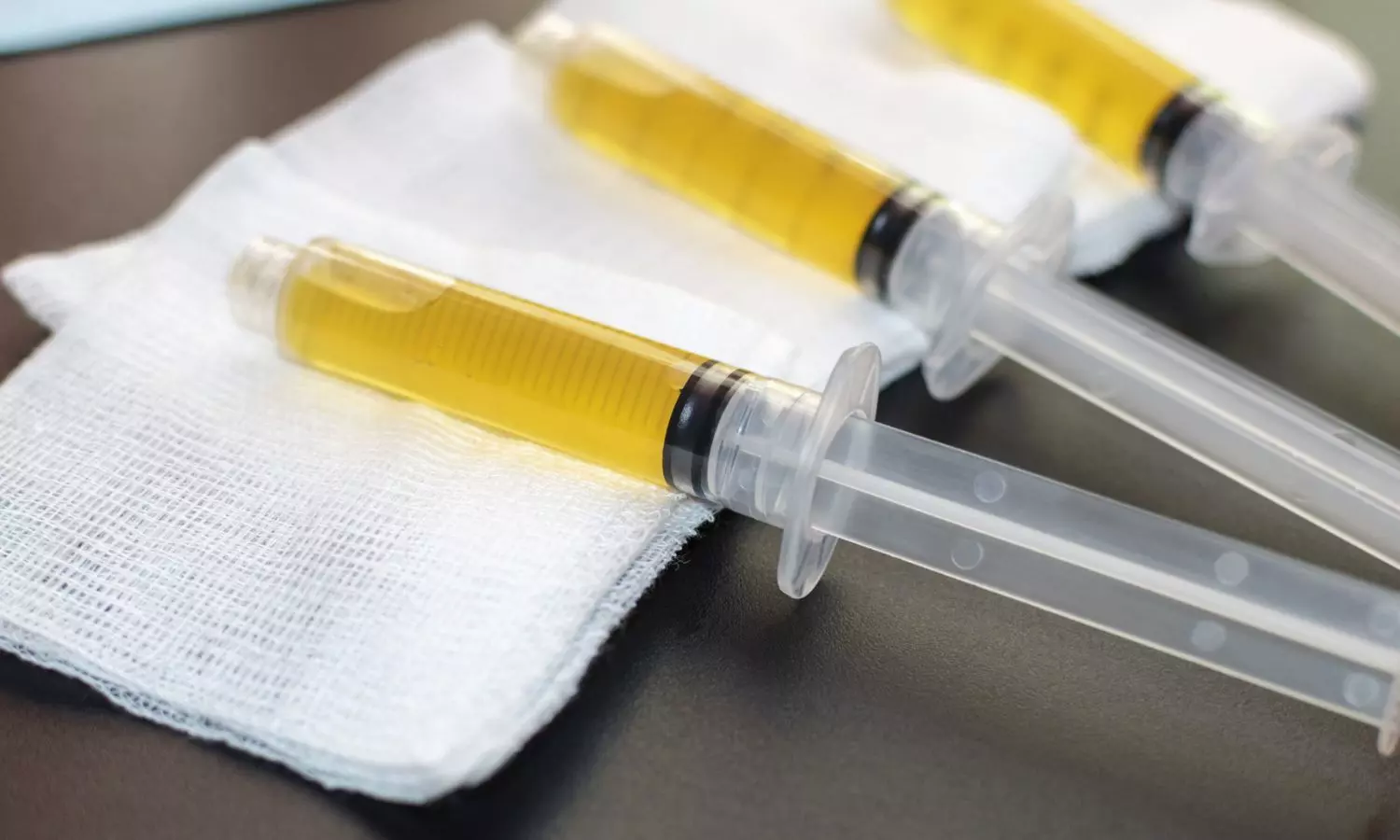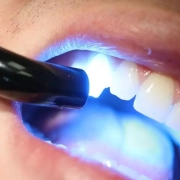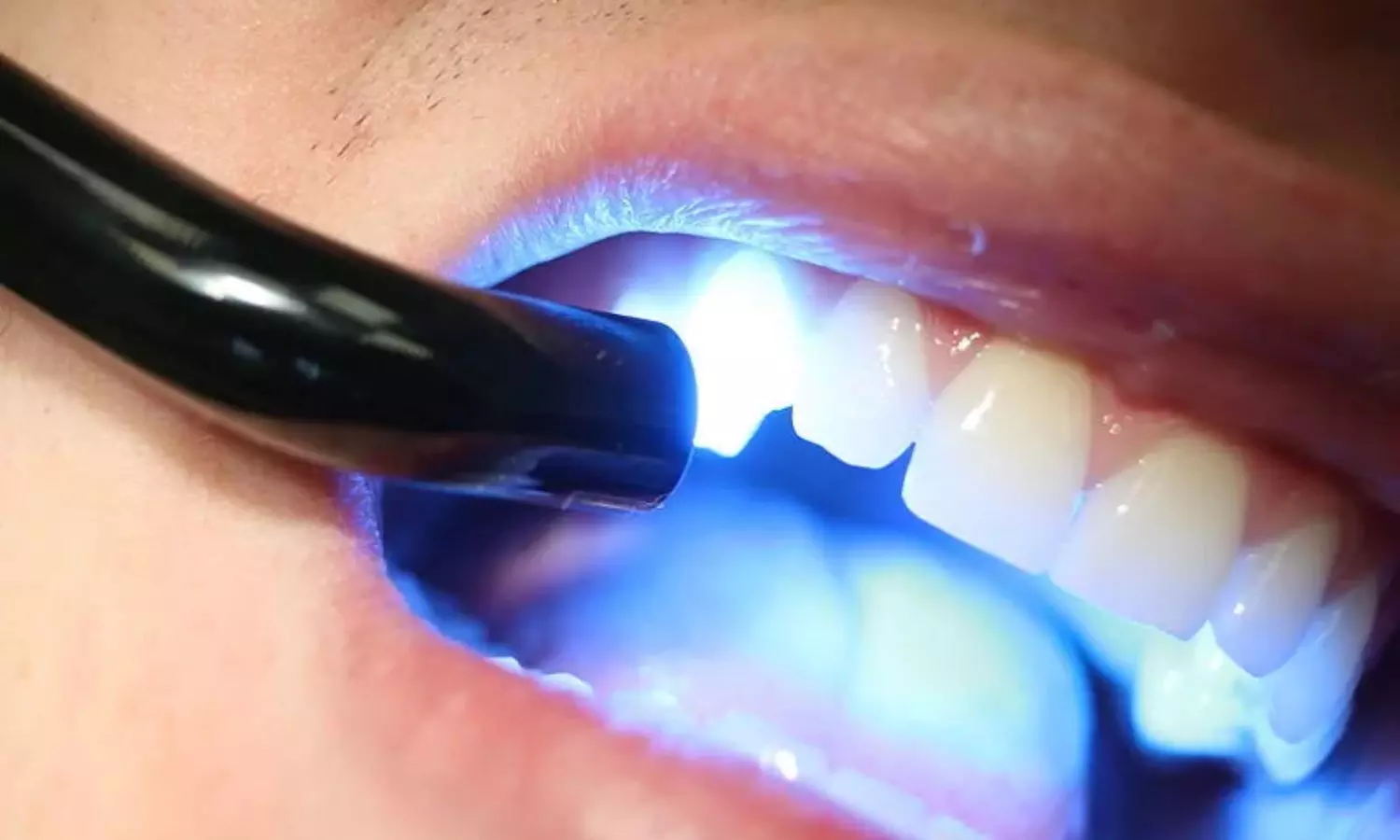Italy: Platelet-rich plasma (PRP) intracavernosal injections may objectively improve or at least show a tendency for recovery in erectile function in men affected by primary organic erectile dysfunction (ED), a recent meta-analysis has revealed. The findings were published online in the International Journal of Impotence Research on November 22 2023.
“The generalizability of these observations may be limited by the short-term follow-up and patient numbers,” the researchers wrote. “Large-scale, high-quality, and standardized controlled trials would be needed before recommending its definitive use in clinical practice.”
According to the study, plasma-rich intracavernosal injections appeared to offer a small but clinically meaningful improvement in erectile function in patients with mild-to-moderate primary, organic, non-introgenic erectile dysfunction.
Off-label plasma-rich intracavernosal injections are not currently recommended for the treatment of erectile dysfunction as administration technique, dose, and timing are unknown. However, the studies have not shown any significant adverse effects. Therefore, Alessandro Tafuri, Department of Urology, “Vito Fazzi” Hospital, Lecce, Italy, and colleagues aimed to summarize the latest evidence on PRP intracavernosal injections efficacy in men affected by primary organic erectile dysfunction.
For this purpose, the Italian researchers reviewed the literature for randomized controlled trials (RCTs) or prospective and retrospective comparative studies that evaluated PRP alone or in combination for treating ED. A qualitative and quantitative data synthesis was provided after conducting a comprehensive search in online databases.
Seven records were included: three RCTs assessed PRP versus placebo, three studies compared low-intensity shock wave therapy (Li-SWT) or low-intensity pulsed ultrasound alone with their combination with PRP, and one study separately tested PRP and Li-SWT. Of 641 included patients, 320 received PRP.
The study led to the following findings:
· Despite the heterogeneity among inclusion criteria, dose and protocol of PRP administration, and outcomes measured, most studies independently reported better sexual outcomes in patients who received PRP, without significant severe side effects.
· In meta-analysis, where only placebo-controlled studies were included, patients treated with PRP showed higher International Index of Erectile Function (erectile function domain) score compared to patients who received placebo: pooled mean difference of 2.99 after 1 month (209 patients) versus 2.85 after 3 months (204 patients) versus 3.21 after 6 months (199 patients) of follow-up.
· Plasma-rich injections resulted in continued improvements in at least one erectile function/domain score over time (between 1 and 6 months) compared with placebo.
“There would be a need for high-quality, large-scale, and standardized controlled trials before recommending definitive use of platelet-rich plasma intracavernosal injections in clinical practice,” the researchers concluded.
The limitations include a dearth of randomized controlled studies, absence of patient homogeneity, variable ED criteria, and lack of agreement and standardization of intracavernosal injection preparation, dosing, and administration.
Reference:
Panunzio, A., Labate, C., Zacheo, F., Orlando, R., Rizzo, F. L., Porcaro, A. B., Migliorini, F., Pagliarulo, V., & Tafuri, A. (2023). Platelet-rich plasma intracavernosal injections for the treatment of primary organic erectile dysfunction: A systematic review and meta-analysis of contemporary controlled studies. International Journal of Impotence Research, 1-10. https://doi.org/10.1038/s41443-023-00798-y

